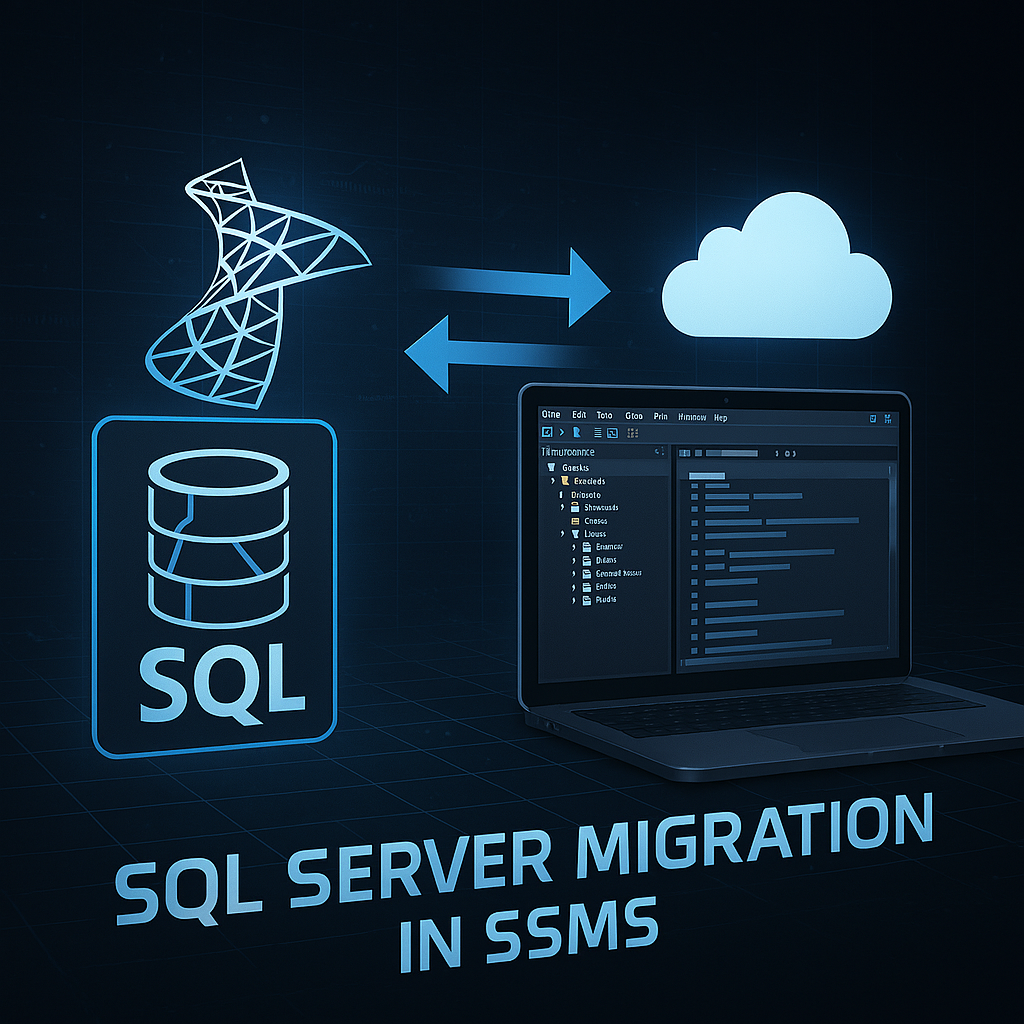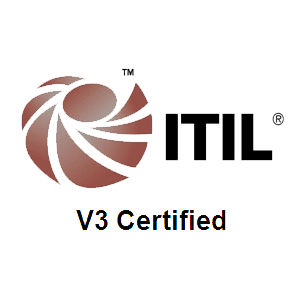Introduction
Migrating databases can be a complex task, especially when dealing with large-scale systems or transitioning to cloud environments. The SQL Server Migration component in SQL Server Management Studio (SSMS) offers a streamlined approach to transferring databases between SQL Server instances or to Azure-based platforms. This built-in feature simplifies the process by providing tools for assessment, scripting, and deployment—all within the familiar SSMS interface.
What Is the SQL Server Migration Component?
This component is a feature within SSMS that facilitates the movement of databases from one environment to another. Whether you’re upgrading to a newer SQL Server version or shifting to Azure SQL, this tool helps manage the transition efficiently. It supports schema and data migration, compatibility assessments, and integration with cloud services like Azure Database Migration Service (DMS).
Benefits of Using the Migration Component
- Ease of Use: The graphical interface reduces the learning curve for database administrators.
- Built-In Assessment Tools: Identifies potential issues before migration begins.
- Cloud Integration: Works seamlessly with Azure services for hybrid or full-cloud migrations.
- No Additional Software Required: Operates directly within SSMS, eliminating the need for third-party tools.
- Supports Multiple Scenarios: Useful for both on-premises upgrades and cloud transitions.
Limitations to Consider
- Limited Automation: For highly customized migrations, scripting may offer more flexibility.
- Performance Constraints: GUI-based operations can be slower compared to command-line tools.
- Azure-Centric Features: Some capabilities are optimized for Azure, which may not benefit on-prem-only environments.
- Scalability Challenges: Extremely large databases might require more robust solutions like SQL Server Integration Services (SSIS).
When to Use It: Practical Applications
- Upgrading SQL Server Versions: Transitioning from older versions like SQL Server 2012 to newer releases.
- Cloud Adoption: Moving databases to Azure SQL Database or Azure SQL Managed Instance.
- Disaster Recovery Setup: Creating replicas in different environments for failover readiness.
- Environment Replication: Duplicating production databases for development or testing purposes.
- Data Center Consolidation: Merging databases from multiple servers into a centralized system.
How to Use the SQL Server Migration Component in SSMS
Requirements Before You Begin
- SSMS version 18 or later installed
- Access to both source and destination SQL Server instances
- Administrative privileges on both environments
- Azure subscription if migrating to the cloud
Step-by-Step Instructions
- Open SSMS and connect to the source SQL Server.
- Select the database you want to migrate.
- Right-click the database, navigate to Tasks, and choose either Generate Scripts or Deploy Database to Azure SQL Database.
- Choose the objects to include—schema only or schema with data.
- Configure scripting options, such as output format and SQL Server version compatibility.
- Execute the script on the target server or use the Azure deployment wizard.
- For cloud migrations, launch Data Migration Assistant (DMA) to assess compatibility and initiate the transfer.
- Verify the migration by comparing schema and data integrity post-deployment.
Real-World Example
Use Case: A company wants to migrate its SQL Server 2016 production database to Azure SQL Managed Instance.
Approach:
- Run DMA to identify any compatibility issues.
- Use SSMS to generate schema scripts.
- Initiate data transfer using Azure Database Migration Service.
- Monitor the migration through the Azure portal.
- Perform validation checks to ensure data consistency.
Expert Tips for Better Results
- Use Linked Servers to run cross-server queries during transitional phases.
- Automate with PowerShell for repetitive migration tasks.
- Export BACPAC Files for lightweight migrations to Azure.
- Schedule SQL Agent Jobs to sync data incrementally during phased migrations.
- Test in Staging before applying changes to production environments.
Helpful Resources
- SQL Server Migration Documentation – Microsoft
- Data Migration Assistant Overview
- Azure Database Migration Service Guide
Final Thoughts
The SQL Server Migration component in SSMS is a valuable asset for database professionals aiming to modernize infrastructure or adopt cloud technologies. Its integration with Azure services, combined with built-in assessment and scripting tools, makes it a practical choice for many migration scenarios. While it may not replace advanced ETL tools for complex needs, it offers a reliable and accessible solution for most standard migrations.
#SQLServerMigration,#SSMS,#DatabaseMigration,#AzureSQL,#SQLServer,#DataMigration,#CloudMigration,#SQLTools,#SQLServerManagementStudio,#SQLDBA,#SQLScripts,#SQLAssessment,#AzureDMS,#SQLUpgrade,#SQLServerTips,#SQLServerAdmin,#SQLServer2022,#SQLServerToAzure,#SQLServerMigrationGuide,#SQLServerDeployment,#SQLServerAutomation,#SQLServerCloud,#SQLServerPerformance,#SQLServerSetup,#SQLServerTutorial,#SQLServerBestPractices,#SQLServerMonitoring,#SQLServerBackup,#SQLServerRestore,#SQLServerSecurity


